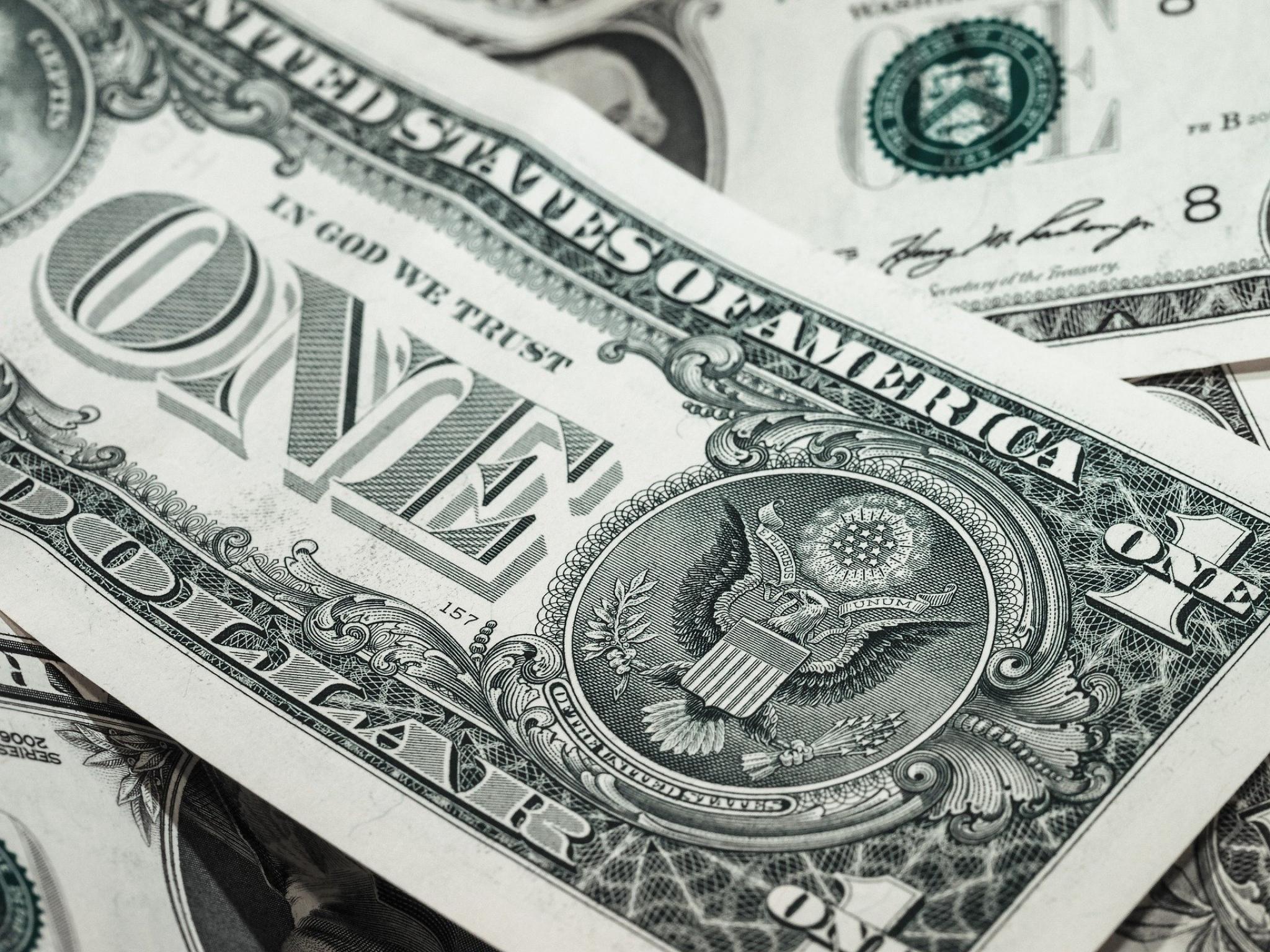
An important inflation reading for the Federal Reserve is coming Friday, with the Bureau of Economic Analysis set to release the Personal Consumption Expenditures (PCE) price index data for August.
What To Know: The PCE price index is the Federal Reserve's preferred inflation gauge. It's released on a monthly basis and shows changes in the prices of goods and services purchased by consumers in the U.S.
The core PCE data from July, which excludes volatile food and energy prices, increased to $23.7 billion, representing an increase of 0.1% month-over-month. The number came in below average economist estimates for a 0.3% jump.
The July PCE inflation reading showed a 6.3% increase year-over-year, while core PCE inflation was up 4.6%. Economists are anticipating a 6.6% increase in PCE inflation in August and a 4.7% increase with food and energy prices removed.
The Federal Reserve will be paying close attention to the core PCE number as most economists expect the slide in crude oil prices last month to limit a potential increase in the headline inflation number.
Why It Matters: The SPDR S&P 500 (NYSE SPY) traded lower after the government released its third GDP estimate on Thursday, which included a PCE inflation reading for the second quarter.
The Commerce Department said the PCE index increased 7.3% year-over-year last quarter, which is up from previous second-quarter estimates showing a reading of 7.1%. The second-quarter inflation reading was still slightly lower than the 7.5% reading in the first quarter.
Excluding food and energy, the PCE price index increased 4.7% in the second quarter, which is up 0.3% from the previous two estimates, but down from the 5.6% increase in the first quarter.
Gross domestic product dropped at an unrevised annual rate of 0.6% last quarter, marking the second straight quarter of negative GDP. Two consecutive quarters of GDP decline is often viewed as a recession indicator.
Last week, the Fed raised its benchmark rate by 0.75% for the third straight time and indicated that it will continue to hike rates to fight runaway inflation in what has been the most aggressive tightening cycle in more than 40 years.
Following last week's increase, the Fed has raised rates by a total of 3% in 2022, and its target fed funds rate is at the highest levels seen since before the 2008 financial crisis.
In a press conference following the decision on rates, Fed Chair Jerome Powell reaffirmed the central bank's commitment to bringing inflation back down to its 2% goal.
"Restoring price stability is essential to set the stage for achieving maximum employment and stable prices over the longer run. We will keep at it until we're confident the job is done," Powell said.
The Bureau of Economic Analysis will release the PCE price index numbers for August at 8:30 a.m. ET Friday.
SPY Price Action: The SPY was down 2% at $363.08 Thursday ahead of the close, according to Benzinga Pro.
Photo: Thomas Breher from Pixabay.







